Name Eugen Herrigel | Role Biographer | |
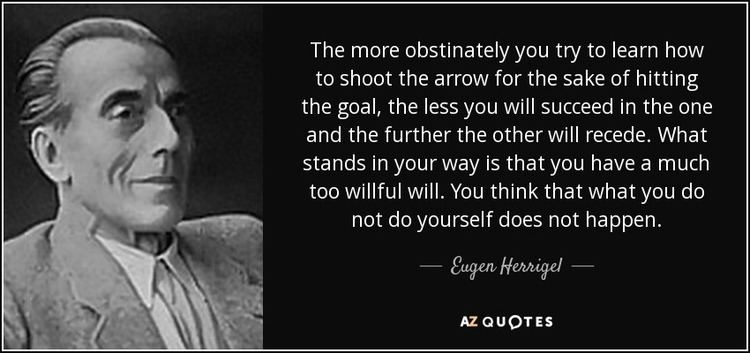 | ||
Died 1955, Garmisch-Partenkirchen, Germany Books Zen in the Art of Archery | ||
Book review of zen in the art of archery by eugen herrigel
Eugen Herrigel (20 March 1884 – 18 April 1955) was a German philosopher who taught philosophy at Tohoku Imperial University in Sendai, Japan, from 1924 to 1929 and introduced Zen to large parts of Europe through his writings.
Contents
- Book review of zen in the art of archery by eugen herrigel
- Zen in the art of archery by eugen herrigel audiobook excerpt
- Writings
- Dispute
- References
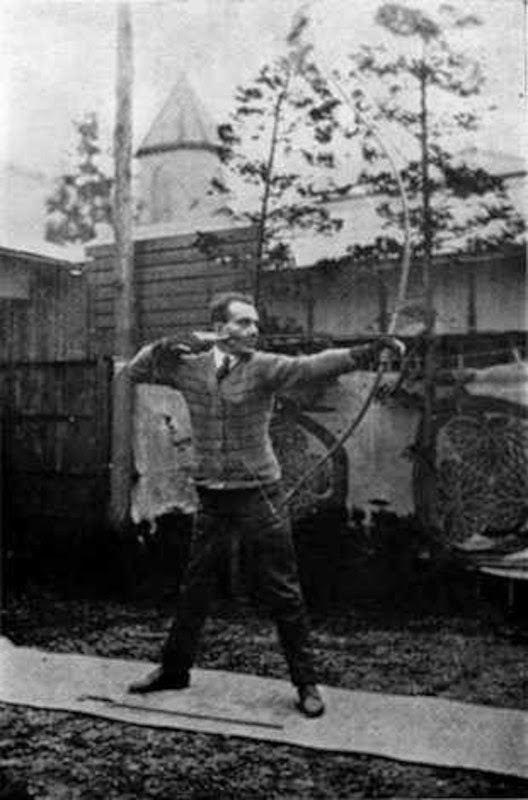
While living in Japan from 1924 to 1929, he studied kyūdō, traditional Japanese archery, under Awa Kenzô (阿波研造:1880-1939), a master of the art, in the hope of furthering his understanding of Zen. In July 1929 he returned to Germany and was given a chair in philosophy at the University of Erlangen. According to Gershom Scholem "Herrigel joined the Nazi Party after the outbreak of the war and some of his former friends in Frankfurt, who broke with him over this issue, told me about his career as a convinced Nazi, when I enquired about him in 1946. He was known to have stuck it out to the bitter end. This was not mentioned in some biographical notes on Herrigel published by his widow, who built up his image as one concerned with the higher spiritual sphere only."
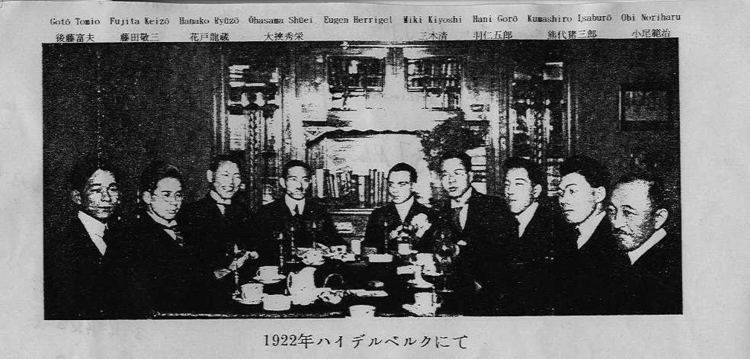
Eugen Herrigel was a member of the Militant League for German Culture.
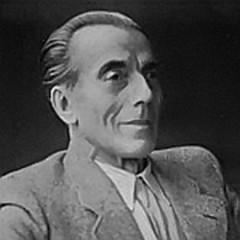
Zen in the art of archery by eugen herrigel audiobook excerpt
Writings
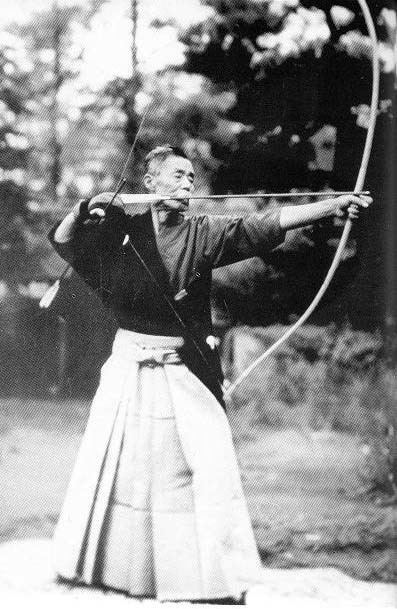
In 1936 he published a 20-page article describing his experiences entitled "Die Ritterliche Kunst des Bogenschiessens" (The Knightly Art of Archery) in the journal, Zeitschrift für Japanologie. This later formed the core of his most famous work Zen in the Art of Archery. In the book, Herrigel only briefly mentions the Master's name [Herrigel specifically references "the celebrated Master Kenzo Awa" on page 16 of the book (1953); and "the Great Master ... Awa" in the first sentence of the third paragraph in section II of the essay (1936).]
Professor Herrigel died in 1955. Among his papers were found voluminous notes on various aspects of Zen. These notes were selected and edited by Hermann Tausend in collaboration with Gusty L. Herrigel, the author's wife (who studied Japanese flower arranging) and were published in German under the title Der Zen-Weg. This version was revised and edited by Alan Watts in 1960 and published by Vintage Press as The Method of Zen.
Dispute
It has been claimed that Master Kenzô, was neither a teacher nor an adherent of Zen Buddhism. After having read work by D.T. Suzuki in 1938, Herrigel claimed that Kenzô's teaching was actually Zen. Suzuki initially seemed to agree having written the introduction to the post-war edition of Herrigel's book, he later wrote that "Herrigel is trying to get to Zen, but he hasn't grasped Zen itself". Certain modern scholarship on Zen has come to regard Suzuki's own reading of Zen as idiosyncratic and not grounded in traditions of Zen. Supposedly, what distinguishes the approach of Suzuki, Herrigel, and Master Kenzô himself is the way they developed the Taoist features of the tradition.
However, the book Zen Arrow, Zen Bow: The Life and Teaching of Awa Kenzo refutes these interpretations and in fact reproduces a photograph of a calligraphy by Kenzo that reads "The Bow and Zen are One."
Volker Zotz revealed in his book on Buddhism and German Culture that Eugen Herrigel was a strong supporter of the Nazi party. For his involvement in Nazism he was forbidden to teach at the University for three years after 1945.
